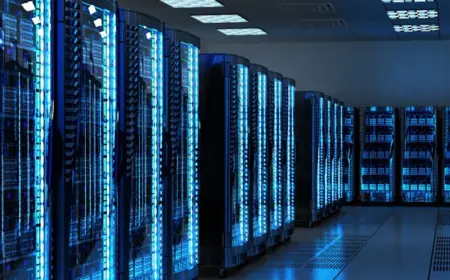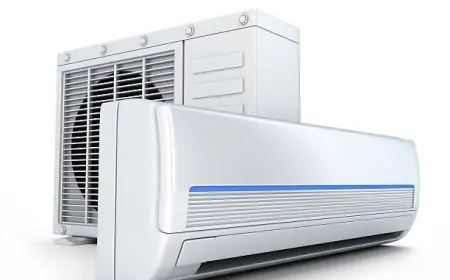Artesunate is a vital antimalarial drug derived from artemisinin, a compound extracted from the sweet wormwood plant (Artemisia annua). It is widely used in combination therapies to treat malaria, especially in regions where the disease is prevalent. Understanding the artesunate production cost is crucial for pharmaceutical companies, healthcare providers, and policymakers to ensure its availability and affordability. This article provides a comprehensive analysis of the various factors influencing the production cost of artesunate.
Key Factors Influencing Artesunate Production Cost
1. Raw Material Costs
- Artemisinin Extraction: The primary raw material for artesunate is artemisinin, which is extracted from the sweet wormwood plant. The cost of artemisinin is a significant component of artesunate production costs. This cost can fluctuate based on the availability of the plant, agricultural conditions, and extraction yields.
- Agricultural Inputs: Costs associated with growing Artemisia annua, including seeds, fertilizers, pesticides, and labor, also impact the overall production cost of artemisinin.
2. Extraction and Purification Process
- Technology and Equipment: The efficiency and cost of the extraction and purification process depend on the technology and equipment used. Advances in extraction methods can reduce costs by improving yields and reducing waste.
- Labor Costs: Skilled labor is required for the extraction and purification process. The cost of labor can vary depending on the location and the expertise of the workforce.
- Energy Costs: The extraction and purification processes require significant energy inputs, and fluctuations in energy prices can impact production costs.
Request For Free Sample: https://www.procurementresource.com/production-cost-report-store/artesunate/request-sample
3. Chemical Synthesis
- Intermediate Compounds: The conversion of artemisinin to artesunate involves several chemical reactions and intermediate compounds. The cost of these intermediates and the reagents used in the synthesis process contribute to the overall production cost.
- Process Efficiency: The efficiency of the chemical synthesis process, including reaction yields and the minimization of by-products, affects production costs. Optimization of these processes can lead to cost savings.
4. Quality Control and Regulatory Compliance
- Quality Assurance: Ensuring the quality and purity of artesunate requires rigorous quality control measures. Costs associated with quality testing, including laboratory equipment, reagents, and personnel, are significant.
- Regulatory Compliance: Compliance with regulatory standards and obtaining necessary approvals from health authorities involve additional costs. These can include fees for clinical trials, inspections, and documentation.
5. Manufacturing Scale
- Production Scale: The scale of production impacts the cost per unit of artesunate. Large-scale production can benefit from economies of scale, reducing the cost per unit. However, initial investments in large-scale facilities can be substantial.
- Batch Size: The size of production batches affects the efficiency of the manufacturing process. Larger batches can reduce costs by optimizing the use of resources and minimizing downtime.
6. Packaging and Distribution
- Packaging Costs: The cost of packaging materials, including bottles, blisters, and labels, contributes to the overall production cost. Packaging must meet regulatory requirements and ensure the stability and safety of the product.
- Distribution and Logistics: The cost of distributing artesunate to various regions, including transportation, storage, and handling, impacts the final cost to consumers. Logistics in remote or hard-to-reach areas can be particularly expensive.
Cost Breakdown
To provide a detailed breakdown, let’s consider an example of the cost components involved in the production of artesunate:
-
Raw Materials:
- Artemisinin extraction: 30% of total cost
- Agricultural inputs: 10%
-
Extraction and Purification:
- Technology and equipment: 15%
- Labor: 10%
- Energy: 5%
-
Chemical Synthesis:
- Intermediate compounds and reagents: 10%
- Process efficiency: 5%
-
Quality Control and Regulatory Compliance:
- Quality assurance: 5%
- Regulatory compliance: 5%
-
Manufacturing Scale:
- Initial investment and economies of scale: 10%
-
Packaging and Distribution:
- Packaging materials: 5%
- Distribution and logistics: 5%
These percentages are indicative and can vary based on specific circumstances, including geographic location, production technology, and market conditions.
Strategies for Cost Reduction
-
Agricultural Improvements: Enhancing the yield and quality of Artemisia annua through improved agricultural practices, including better seeds, pest control, and cultivation techniques, can reduce raw material costs.
-
Technological Advancements: Investing in advanced extraction and purification technologies can improve process efficiency and reduce costs. Innovations such as continuous flow extraction and green chemistry methods can offer cost savings.
-
Process Optimization: Streamlining the chemical synthesis process to improve yields and reduce waste can lower production costs. Process optimization involves fine-tuning reaction conditions and utilizing more efficient catalysts.
-
Economies of Scale: Increasing the scale of production can lead to economies of scale, reducing the cost per unit of artesunate. This requires significant initial investment but offers long-term cost benefits.
-
Supply Chain Management: Efficient management of the supply chain, including sourcing raw materials, optimizing inventory levels, and reducing transportation costs, can contribute to overall cost reduction.
-
Regulatory Streamlining: Working closely with regulatory authorities to streamline compliance processes and reduce associated costs can be beneficial. This includes adopting standardized protocols and leveraging existing data to expedite approvals.
Conclusion
The production cost of artesunate is influenced by various factors, including raw material costs, extraction and purification processes, chemical synthesis, quality control, manufacturing scale, and packaging and distribution. By understanding these cost components and implementing strategies for cost reduction, producers can ensure the availability and affordability of this vital antimalarial drug. Continuous innovation and optimization are essential to maintaining cost-efficiency and meeting the global demand for artesunate.

 Like
0
Like
0
 Dislike
0
Dislike
0
 Love
0
Love
0
 Funny
0
Funny
0
 Angry
0
Angry
0
 Sad
0
Sad
0
 Wow
0
Wow
0



















































